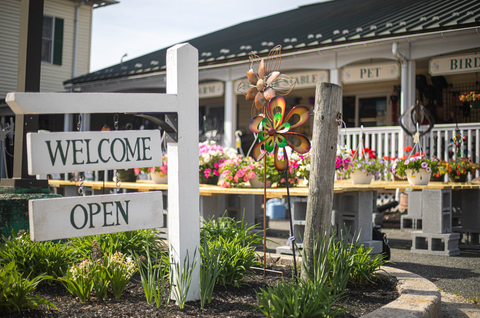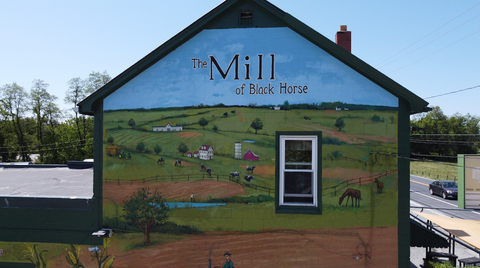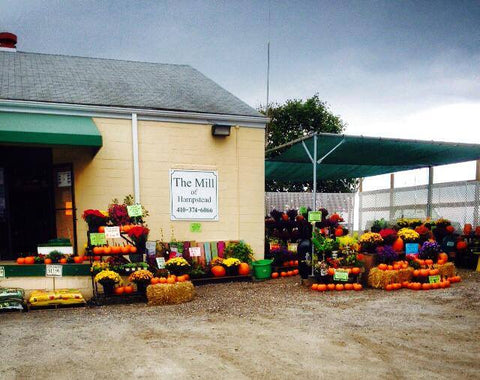Hellebores are winter-hardy evergreen shade perennials that bloom in late winter in colors ranging from pure white to pastel green to deep purple. Their flowers may nod gracefully or face upward, adding interest to the winter garden. They are deer and rodent resistant and require only that the older leaves be pruned off as new ones push through.
There are many varieties of hellebores, and some produce fragrant flowers. They prefer well-drained, organic soil and filtered sun or shade. Fertilizing once a year with a product lower in nitrogen and higher in potassium and phosphorus encourages strong blooms. A fertilizer such as Flower-Tone by Espoma works well. The only pruning needed is to remove older leaves when they appear tattered or damaged.
Hellebores belong to the Ranunculaceae family, which includes more than 20 varieties. Helleborus foetidus, known as the Bear Foot Hellebore, tolerates a bit more sun than other types and features uniquely serrated leaves and pastel-green flowers. Helleborus niger, commonly called the Christmas Rose, is hardy in zones 3–8. In warmer regions, it blooms around Christmas and produces pure white, rose-like flowers.
Other species include Helleborus argutifolius, Helleborus orientalis, and Helleborus × hybridus. These all bloom from late winter through spring. In addition to variations in bloom color, hellebore foliage can appear powdery blue, green, or even variegated. After flowering, the blooms will naturally fall, and the plants readily self-seed near their base.
Gardeners wishing to collect seed can do so in late spring through early summer once the flowers fade and capsules begin to swell. The shiny black seeds should be removed from the capsules and sown in desired areas. Seeds should be lightly raked in but not buried. Because the sap of the hellebore can be caustic, it is best to wear gloves during this process.
Hellebores are long-lived plants that do not tolerate transplanting well. If transplanting is necessary, it should be done when the plants are young or in the seedling stage.
For late-season flowers and reliable deer resistance, the hellebore remains a wonderful choice for any shaded garden.






















